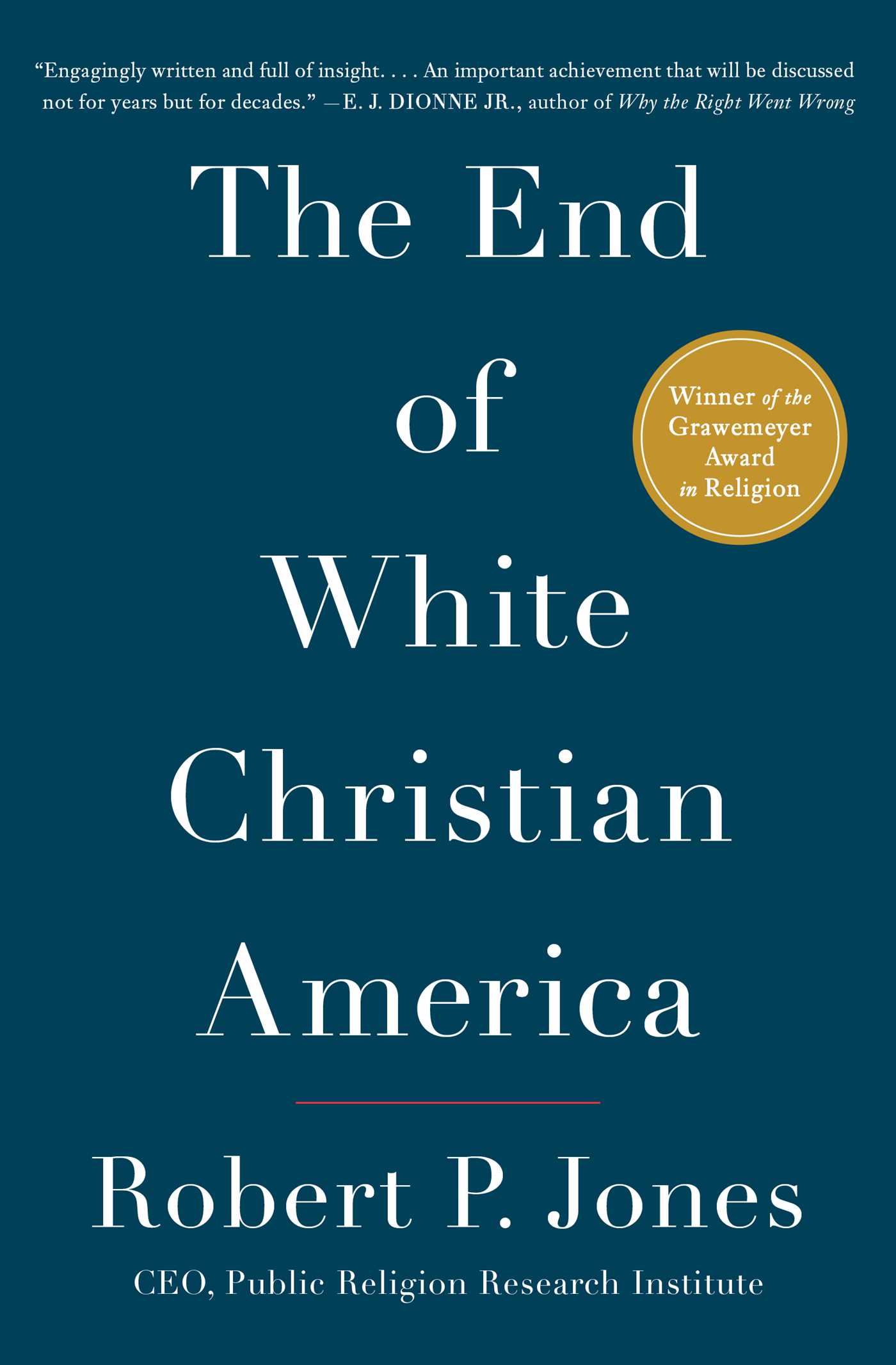
Last week former Trump strategist Steve Bannon said that Catholic priests only support undocumented immigrants because they need them to “fill the churches.” On the face of it, his comment seems dismissive, even cynical. But it’s actually an important point—one that could be used to win Christian support for Dreamers, DACA, and broader immigration reform.
Anti-immigration evangelicals should take a close look at the new PRRI data, released last week just as Bannon made his comment. Consider these statistics:
- White Christians, 81 percent of the population in 1976, now account for less than half the public. Only 43 percent of Americans identify as white Christians. Even fewer (30 percent) identify as white Protestants.
- About 1 in 10 white Catholics, evangelicals and mainline Protestants are under 30.
- From 2006 to 2016, the number of evangelicals declined from 23 percent to 17 percent.
According to Robert P. Jones, author of The End of White Christian America, these numbers explain why “fading white evangelicals have made a desperate end-of-life bargain with Trump.” Aggrieved evangelicals, on the losing end of a demographic contest, are ignoring the president’s moral calamities in hopes that he can deliver the political goods.
 But aren’t evangelicals supposed to care more about the church than politics? If they do, their support of Trump—and their antipathy toward immigration—represents a profound miscalculation.
But aren’t evangelicals supposed to care more about the church than politics? If they do, their support of Trump—and their antipathy toward immigration—represents a profound miscalculation.
Because it is immigrants, not Trump, who give American evangelicalism its best chance for survival. In the decades following the transformative Immigration Act of 1965, European immigration decreased and Asian, African, and Latin American immigration increased. By 2005, 38.4 million called the United States home, 90% of whom did not claim European heritage. Together with their American-born children, they now comprise over 25% of the U.S. population. The Immigration Act of 1965 has remade the face of America.
It also is remaking the soul of America. As the white West secularizes, much of the East remains highly religious. At the turn of the twentieth century, less than 20% of Christians worldwide were nonwhite. At the turn of the twenty-first century, over 60% were outside the West. In fact, from 1970 to 2010, the evangelical population grew about six times faster in regions outside North America. According to the most recent report from Gordon-Conwell’s Center for the Study of Global Christianity, three out of every four evangelicals live in Latin America, Africa, and Asia. By 2050, predicts Philip Jenkins, only 20% will be white.

Given these striking demographic numbers, the religious impact of immigration to the United States has been—and continues to be—monumental. Immigrants to the United States come out of this devout population. According to scholar Jehu Hanciles, himself an immigrant from Sierra Leone, nearly two-thirds of immigrants are Christian. In the 2010s, more than 600,000 Christian immigrants have been receiving green cards each year. To be sure, non-Christian diversity also spiked in in the decades since 1965, but the new immigration, notes sociologist Stephen Warner, is bringing about “not so much a new diversity among American religions as diversity within America’s majority religion.”
As the United States becomes less Christian by the attrition of Americans with European heritage, it becomes more Christian through non-white migration. If evangelicals want to reinvigorate the Church, they need the vitality of World Christianity. Appealing to their Christian self-interest may be the most productive path forward.













